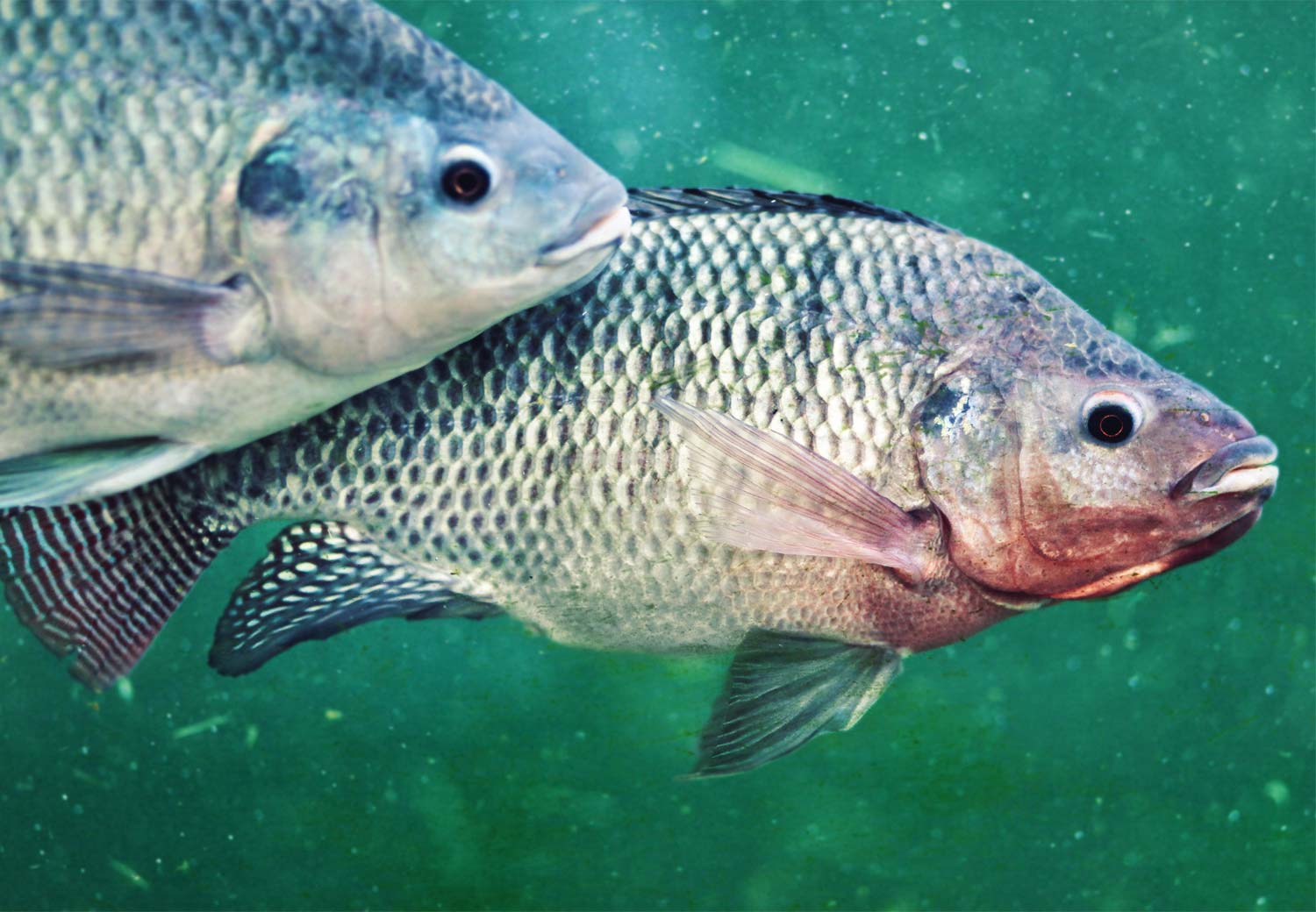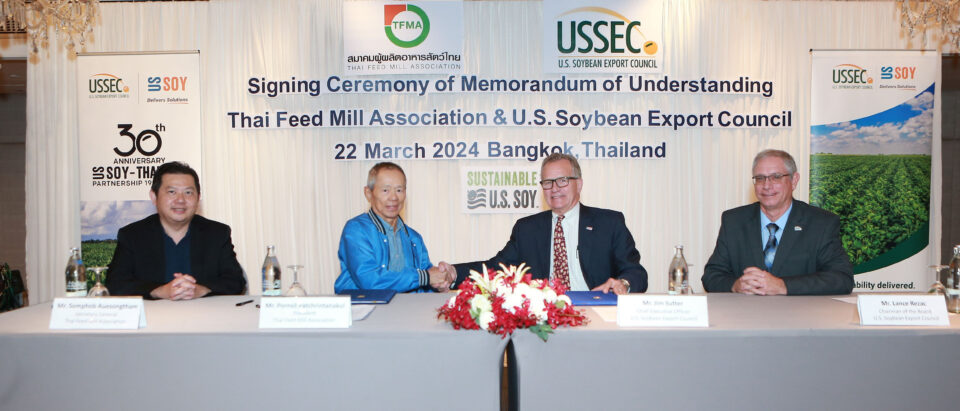
Due to high interest in Vietnam about USSEC’s In Pond Raceway System (IPRS) technology, many traditional fish farmers began installing the systems without correctly following the IPRS standards or principles, leading to problems that would have been avoided had they followed the correct approach. Additionally, there have been some gradual improvements in the IPRS approach that further increase the value of the technology and ease of management. USSEC organized a virtual Skype conference on May 14 to discuss IPRS technology with existing and potential new IPRS users to help address this situation.
A total of 13 participants, including representatives from aquafeed mills and universities, joined the virtual conference to discuss various issues of IPRS adoption in Vietnam and provide comments and suggestions for improvement. The conference was organized and moderated by USSEC Northern Vietnam Aquaculture Technical Manager Dr. Bui Ngoc Thanh for Vietnamese stakeholders who are using, or considering using, IPRS technology and want to understand the situation of IPRS farms in Northern Vietnam.
IPRS technology was introduced and first adopted in China in 2013. There are over 6000 raceways constructed and operated successfully there. IPRS is considered an advanced aquaculture technology and recommended by governmental extension department due to its advantages under the environmental and economic aspects.
In Vietnam, IPRS was first introduced by USSEC in 2015 and the first IPRS raceway was constructed in 2016. There are approximately 300 raceways now in Northern Vietnam. The key reason that IPRS is of interest is that it would bring a high yield of freshwater fish production per unit of earthen pond. However, many stakeholders did not properly follow USSEC’s advice on the construction and operation of IPRS farms.
During the conference, USSEC’s experts emphasized the critical requirements for the construction and operation of IPRS farms and emphasized that users must follow the full set of requirements to have a successful IPRS operation. It was also noted that not everyone can successfully use IPRS and that there are requirements that some will be unable to meet – and therefore they should not consider IPRS.
The target audience participants asked many questions on how to efficiently adopt IPRS in aquaculture including how to best scale a farm, the cost for an IPRS, what are the suitable fish species to use, minimum stocking size, maximum harvesting size, feed quality, the appropriate duration of one cycle, any adjustments for use during the hot season, whether IPRS can be used with brackish or marine fish, and much more.
The participants were very engaged in the discussion, perhaps because of its virtual nature. The conference was planned for one and a half hours with a short presentation of IPRS given by Dr. Jesse Chappell (30 minutes) and one hour of discussion on key issues. However, the virtual meeting was extended to two hours because the discussion took longer than expected.
“I visited IPRS farms in China in 2017 on a trip that was organized by USSEC. I was very interested in this technology and am thinking to apply this technology for nursing some marine/brackish water fish species in future projects. I would like to thank USSEC for giving me a chance to understand and also want to get USSEC’s support in the future project,” says Dr. Chu Chi Thiet, Director of Sub-research Institute for Aquaculture.
IPRS technology can bring fish farmers a significantly higher fish production compared to traditional approaches. Properly applying the technology should increase freshwater fish production and increase profit for farmers. The IPRS system favors high quality, consistent aquafeeds, which favor U.S. Soy, and as farmers are looking to potentially export products, the fact that U.S. Soy can be certified sustainable under the U.S. Soy Sustainability Assurance Protocol (SSAP) program would allow their products to be more easily certified under the aquaculture seafood certification standards.
As the first country in Southeast Asia to adopt IPRS technology, the discussed issues of IPRS in Vietnam provide lessons for other Southeast Asian countries.


